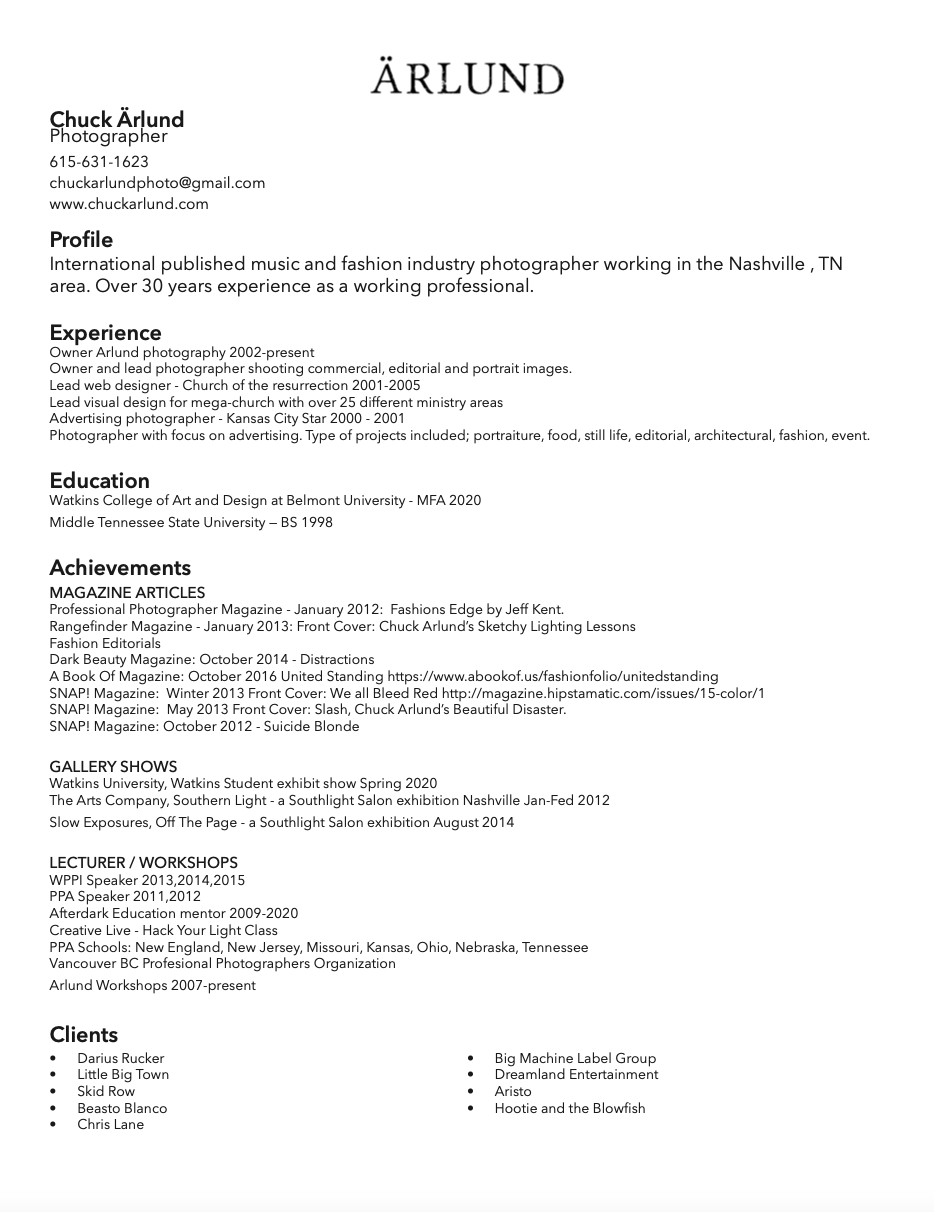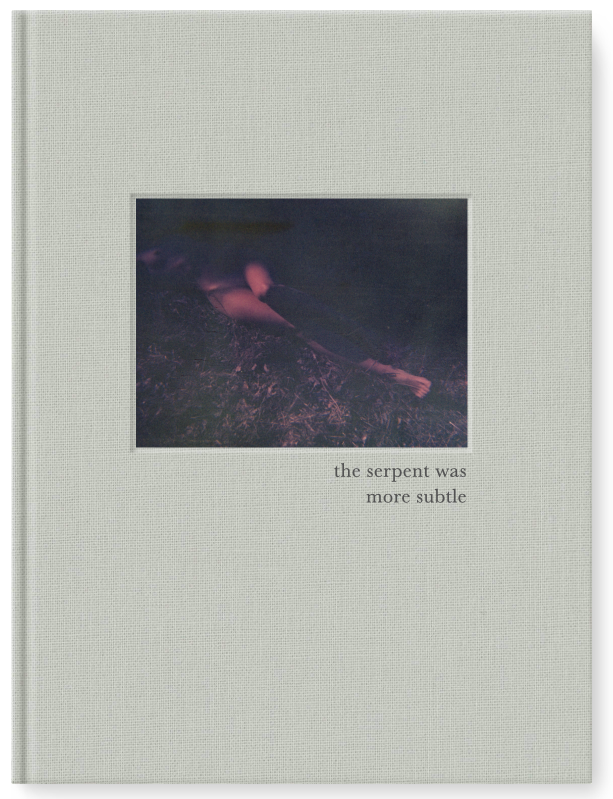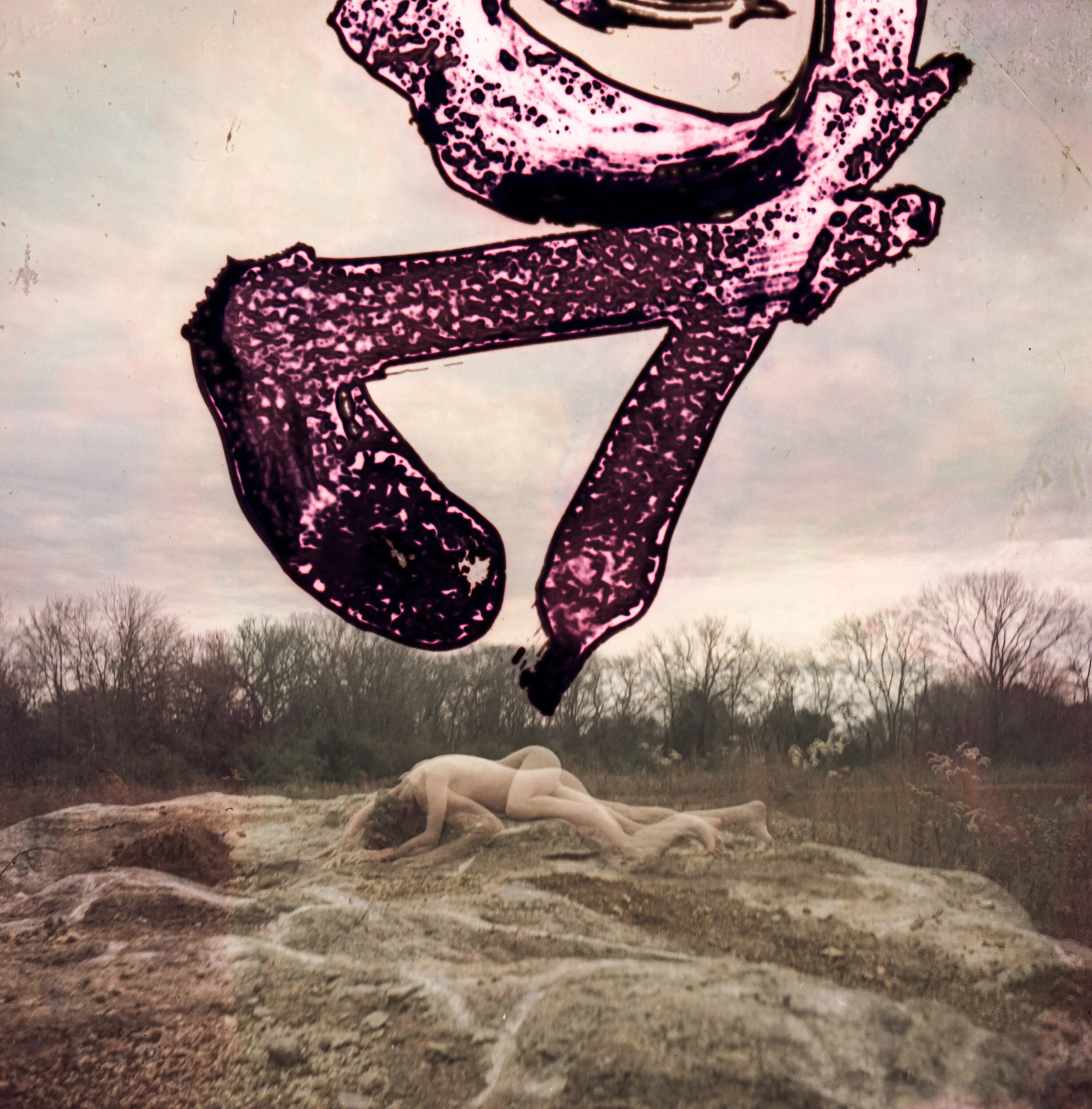The SERPENT Was More Subtle
““As photographs give people an imaginary possession of a past that is unreal, they also help people to take possession of space in which they are insecure.” ”
Humans exist in the liminal space between what has been and what is yet to be. We are free to explore life and exercise our will, but we are ultimately bound by our beliefs and the decisions we make. The overarching focus of this body of work is the behavior of shame and concealing while navigating one’s individuality. After finding the source of shame, the source itself must be wrestled with and defeated by suppressing ego and finding humility. Then, finally, one may be fully exposed, both physically and emotionally, as they were created.
Integrating Christian thought and framing this work through Genesis emerged as the creative process progressed. Paint represents the artistic nature of God while semen represents the creation of new life. Acrylic paint and semen were applied onto unexposed film. The immersion in and out of the developing solution was reminiscent of baptism. A believer goes into baptismal waters devoid of spiritual life and is resurrected into a new creation. Similarly, the negatives were immersed having no image and emerged with newness of life.
The theme of The Serpent Was More Subtle is the role ego plays in unity, separation, humility and finding community. Man and Woman are depicted through double exposure as being essentially unified in paradise thus creating a sense of togetherness. When they are expelled from paradise, their unity is threatened and turns into separation. Navigate these images through much exploration of self and the Other. As you view them, consider the reality and purpose of your own existence through eyes of realization that we are all created to share our true self, free from shame and concealment.
CV
The intention of my work is to visually represent human equality, and the idea of ego and self via the lens of my ongoing exploration of the Bible and Christianity. It explores my internal conflicts regarding shame within these confines. I explore the concepts of individuality, duality of gender roles, hidden shame and the male ego.
To be naked and exposed, literally and figuratively, no longer hiding the self from oneself, from others or from the Other, strips the photographer of societally imposed guilt. This exploration of manipulating spaces between the conscious and unconscious aspects of self allows the artist to be willingly exposed which creates a greater honesty and equivalent driving force in the creative process.
In the most basic of terms my work is about human equality, humility and having empathy for others.
This is what the Bible is teaching me and my artwork is being framed with the Bible in mind.
SELF
ADAM + EVE
HIDING PLACES
EGO
Now the serpent was more subtle than any other beast
ALT PROCESS
Other Media
Do We Need Another White Male Voice?
Image presented to be torn apart and disposed of or recycled.
I sat and had the professors tear down images of myself. One on the left and one on the right. Under the right side images was torn flyers of rock bands with graffiti asking “Do we need another white male voice”
On the left side under my image was more big business imagery with a graphic design painted text “We don’t need another white male voice”
Under each image was two trash cans. Dispose and recycle. In-between the trash cans was a taped off area of gray, The gray area. The instructions were to rip apart the white man and then choose what to do with it. One professor put part of me in his back pocket. No one layer the pieces in the gray area… I wish they would have because I don’t see this as a black or white issue.
Photography is an arranging of real things to form a reality the photographer wants to reveal. Whatever is included, cropped, or composed, the viewer is only allowed to judge the image from a photographer's point of view. This image or representation is therefore only a partial reality. Much like humans have their own realities based on individual origins and social groups, photography only shows biased reality. (Sontag)
This writing and accompanying body of work from Liminal Loneliness is an attempt to arrive at these specified thoughts of the representational edge. The paradox is these liminal spaces are active, non-fixed, interpretable yet documented.
Liminal thought suggests an understanding that multiple realities exist-that text and image are interpretable. Liminal ideology would suggest there are options to truth. (Gray) In his book Liminal Thinking, Gray references the Indian fable of the blind people and the elephant. The blind are asked to touch or hold various parts of an elephant and describe “what is an elephant”. One man touches the tusks and says the elephant is like a spear, one touches the side and says the elephant is like a wall, another touches the ear and says he is like a fan. Each person argues his understanding of the elephant is the correct one. The fable suggests that multiple realities are valid and allows for deeper investigation and awareness. This understanding and awareness most often will come with apprehension and anxiety of learning there is another truth or an expanded truth. In an analysis of Death of the Author by Roland Barthes, it is noted there is a kinship of intent regarding the notion of one reality or one truth. Barthes suggests to impose a singular interpretation is “to impose a limit on the text” (Barthes). In Robert Morris’s Glass Labyrinth (located at Nelson-Atkins Museum of Art in Kansas City Missouri) one is allowed to travel through the path all the while seeing reflections of themselves and seeing into the surrounding world. It is ever changing and the reflections overlap with reality, displacing and at many times confusing the traveler. There is no one correct path and therefore no one way to experience the piece.
In an analysis of the labyrinth and for the purposes of this writing, the center of the labyrinth (sometimes represented by a minotaur) represents one’s anxiety and the labyrinth itself represents the navigation through space as the newly learned reality takes hold. Sontag writes about realities and the way that photography can interpret and deliver a certain reality described by the photographer. This can only mean that the photograph is personal yet how it is read could potentially have a much different reading based on the reality the viewer knows and believes (reference to the subjectivity of the reader found in Barthes “Death of the Author”). There is also the ability to let go of a belief and work to understand the image presented without caring about the history of a viewer's individual reality. This liminal space can be described as the space between the intention of the maker and the readability of the viewer. The space where the photograph holds potential multiple truths.
The photographs I am presenting are divided into chapters of images exploring concepts of individuality, duality of gender roles, shame and the male ego. These are personal and act as a confessional. The intention of the work is to visually represent human equality but also the idea of ego in a culture obsessed with self image and self gratification. The use of biblical narrative is an intent to explore my own investigation of shame with the nude figure and of being a white Christian male. Ideally, an individual artist's personal anxiety regarding sexuality and shame should be nonexistent in order to free the divine spark of creativity within. However, the attribute of shame often fuels the flame of the subliminal, dark forces that live within every human individual. To be naked and exposed, literally and figuratively, no longer hiding the self from oneself, from others or from the Other, strips the photographer of societally imposed guilt. This exploration of manipulating spaces between the conscious and unconscious aspects of self allows the artist to be willingly exposed which creates a greater honesty and equivalent driving force in the creative process. The Bible originally has the creation of humans as male and female the same. “So God created man in His own image; in the image of God He created him; male and female He created them.” (Genesis 1:27) With this, there seems to be an awareness of male and female before Adam and Eve ever existed. When the Bible refers to them being naked and not ashamed, it refers to innocence and the serpent can refer to knowledge and awareness.
This entire body of work proves that an artist’s confronting personal anxiety regarding identity, sexuality, gender rules and roles, and specifically, removing shame, liberates the divine spark of creativity within. All were necessary as I questioned the relevance of the role of the straight, white, male in contemporary art. It includes visual representations of human uniqueness as I considered my own thoughts about love, marriage, and equality. The work engages in the dialogue between ego and innocence or selfishness and empathy.
Light is the material a photographer uses to create. This is a tale of enlightenment, my journey of becoming an artist. Illumination or the liminal stage, when you reach the center (minotaur) and contemplate the journey (labyrinth) you have made. The space in-between, of transition and the journey yet to come as you work your way back out. Mythology of the labyrinth usually contains some sort of obstacle that must be conquered before the journey back. The origins of labyrinth come from the Greek work labyrinthos, which describes any maze-like structure that is made up of a single path. This is different from an actual maze, which has many paths. The most famous of these labyrinths is from the story of Theseus and the Minotaur. The Minotaur resides in the middle of the labyrinth, and Theseus defeats the monster to free enslaved children sent as a sacrifice. liminal space represents transition or change. A person faces something they have yet to experience and can approach that change with variations of anxiety or optimism. The images presented for Liminal Loneliness are explorations of this idea. This is accomplished by examining edges of things, which are represented by shadow and light, the edge of a forest, male and female intertwined, and a shadow figure that lurks around the recognizable subjects. These ideas encompass Christianity, the mind's-eye perceptions of consciousness and shadows as they each relate to the space in-between. Liminal thought illustrates a perceived reality that differs from actual reality. Reality that is known comes from individual upbringing and social constructs reinforced by like minded realities shared by social groups.(Gray) The artwork investigates this space between multiple realities and the larger, somewhat unknown actual reality.
For the artist, concepts that deal with the non-visual, like states of consciousness and good versus evil, provide interesting challenges when communicating through artistic form-particularly using representational methods. A depiction of these concepts can be accomplished by illustrating edges interlaced within each other. A clear example of these edge concepts is the yin-yang symbol, where opposites are intertwined yet have a spatial dot representing the opposite within the other. Another representation is the middle chamber of a labyrinth where the minotaur awaits. A person journeys on a path, reaches a point where a decision needs to be made and that decision determines the outcome of facing the minotaur. The journey back through the labyrinth is typically a metamorphosis of some sort where a person is changed in some way.









































